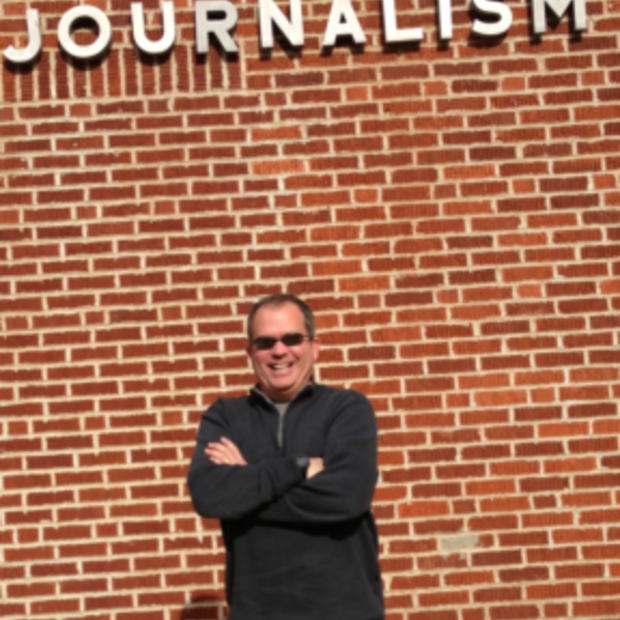It’s more than a little lonely pulling for the Oklahoma City Thunder here in Seattle, home of the late SuperSonics. While they cheer in Brick Town, I hear nothing in the Pacific Northwest but derision (or worse) for the Thunder. Seattle’s animosity and jealousy remain as strong as that of a newly spurned lover.
True enough, we were wronged in losing the Sonics. I lived through it as well and have watched it replayed through articles and "Sonicsgate," the documentary. But I can still have excitement for the Oklahoma City Thunder. My connection runs quite deep.
Although I have lived in Seattle for the past 18 years and watched Kevin Durant courtside as a rookie, I was born in Oklahoma City and spent a lifetime loving Oklahoma sports but never having one of the big professional leagues in my home state. The national media will write barrels of ink about long-suffering Boston Red Sox and Chicago Cubs fans, but imagine those same decades without a pro franchise to worship.
And now Oklahomans have a team in the national spotlight, and the question seems to be, “Oklahoma City, really?”
When I hear snarky comments now about the Thunder from friends and colleagues, I jokingly warn them. “Watch out. We’ll take your baseball team next.” That tends to draw nervous laughter.
The real source of my passion for celebrating Oklahoma basketball today is rooted in the story 77 years ago of my grandfather’s Hoosiers-like campaign to win a state basketball title. Growing up in the Red River Valley of southern Oklahoma, I was often told as a kid that my grandfather, the late Clifford Farley, had played on an improbable Union Valley High School basketball team that won the 1935 Class B Oklahoma state championship. The story was improbable because Union Valley, which no longer exists, was on its last legs as a high school in Cotton County.
The primary town feeding students to Union Valley was Devol. Once a boom town, Devol’s population had plummeted from nearly 2,000 in 1920 to roughly 200 in the mid-1930s. In the 1980s I worked as a reporter in Oklahoma and always intended to write granddaddy’s story. I interviewed him a few years before his death, and went looking for my notes the other night after the Thunder won Game 5 against the Spurs. “We didn’t have a court,” he told me in his country drawl. “We were nothing. We were athletes, though, and we played in the open on a field that had chug holes. You’d bounce the ball and it was liable to go anywhere.”
Boys ran up to four miles to school three times a week to get in shape. The team was given two balls per year. Players bought their own shoes and the school provided jerseys. One morning before the state championship they were picked up to travel to Devol, which had a basketball court where they could practice. “We needed to practice on one ever chance we could.” After a long walk through a creek bottom, he rode the rest of the way to Devol in a Model A coach with a rumble seat. “We drove over a hole and it knocked us all out.”
Ready as they’d ever be, they made their way to the biggest city any of them had ever seen, OKC. The championship game was on a Saturday night. “Times was hard, but 30-40 people came up from Cookietown,” one of the wheat farming communities that sent kids to Union Valley and its successor, Big Pasture. The names from that team are remembered throughout the region even today. Britches Parrack, Cecil Baggs, George Boles, Charles and Bernard Thurman, Ray Zachary, Francis Martin, and my granddad, Clifford Farley. A town of 200 producing a team that was sent to the far-off state capitol to play for the title was unheard of.
“The state high school basketball tournament, bigger and better than ever, held the state spotlight,” the Daily Oklahoman reported on Dec. 29, 1935. The paper went on to say that girls basketball was reinstated that year and for the time teams were divided into A and B divisions, with each group crowning its own champion.Granddad remembers that in the Class B championship the ball was tipped to his teammate, Cecil Baggs, and he found himself under the goal wide open.“I’d never played on a real court. A lady from the Daily Oklahoman snapped my picture with a flash. I’d never seen a flash and I couldn’t see.”
“One team ran signals. We’d never seen that. They ran the wagon wheel on us. Around and around they whipped it before we figured out how to stop them.”
Union Valley won the Class B championship and then played the Class A winners, Capitol Hill, in a one-game final. “We lost to a team we later found was using a 23-year-old boy. He was a good athlete.”
When the Union Valley boys returned to the dusty pastures South of Lawton, they were celebrated with a dinner – a “feed” he called it – and they were given silver sterling basketballs. The team sat reluctantly on the school’s stage. I can imagine the freshly pressed dress shirts and overalls, the fried chicken and gravy. “He was quite a rounder,” a contemporary of my granddad told me recently.
Another rounder from Union Valley, Doyle Parrack, was a star player on a national championship team at Oklahoma State (then A&M) and went on to play for the Chicago Stags which later became the Bulls. He was head coach at Oklahoma State and OCU.
If the Thunder win the NBA Championship, and I hope they do, I will be cheering loudly, and alone, here in Seattle. And I will be thinking of the hard-nosed country boys from Randlett, Cookietown, and Devol, the Union Valley squad who arrived in Oklahoma City in 1935 with a chip on their shoulders and left with a title.



